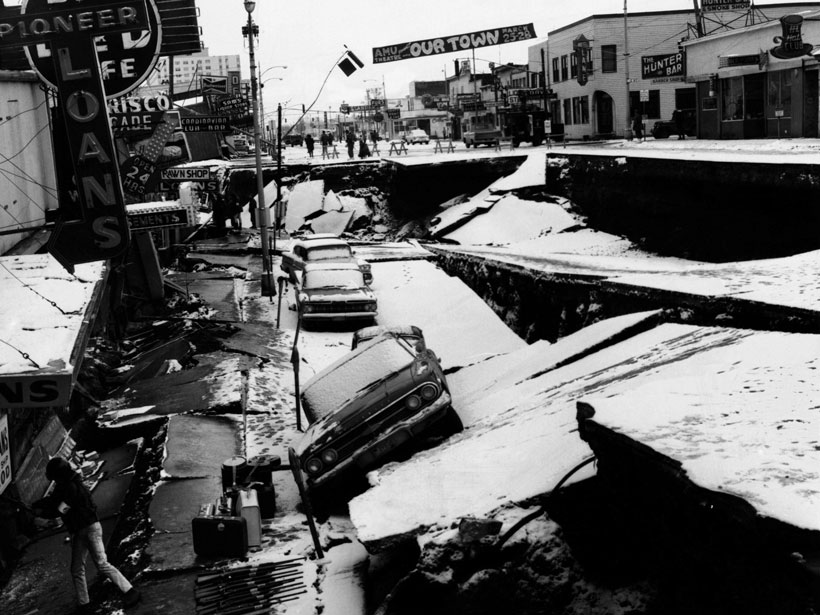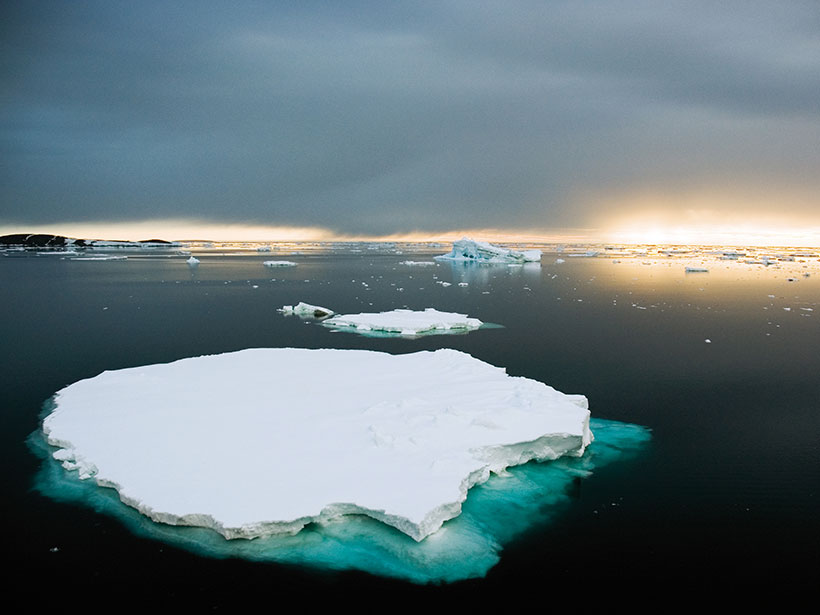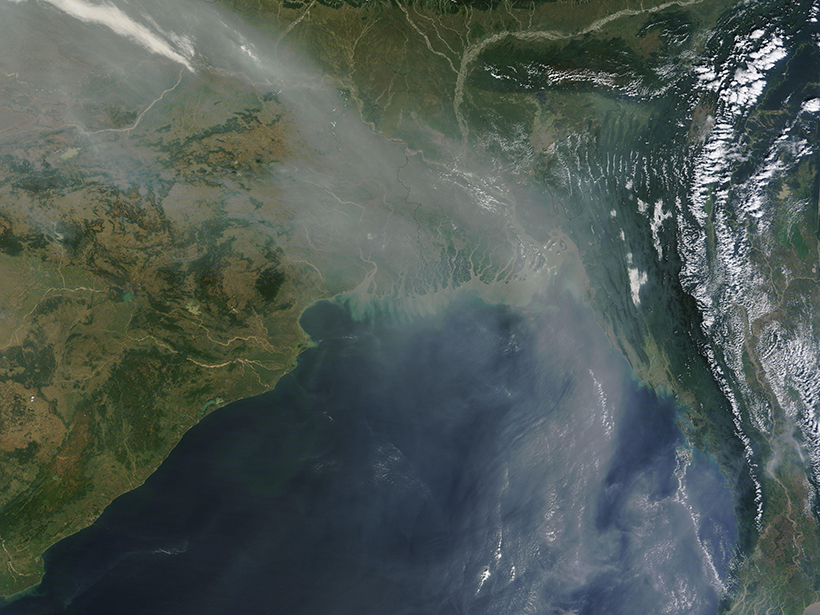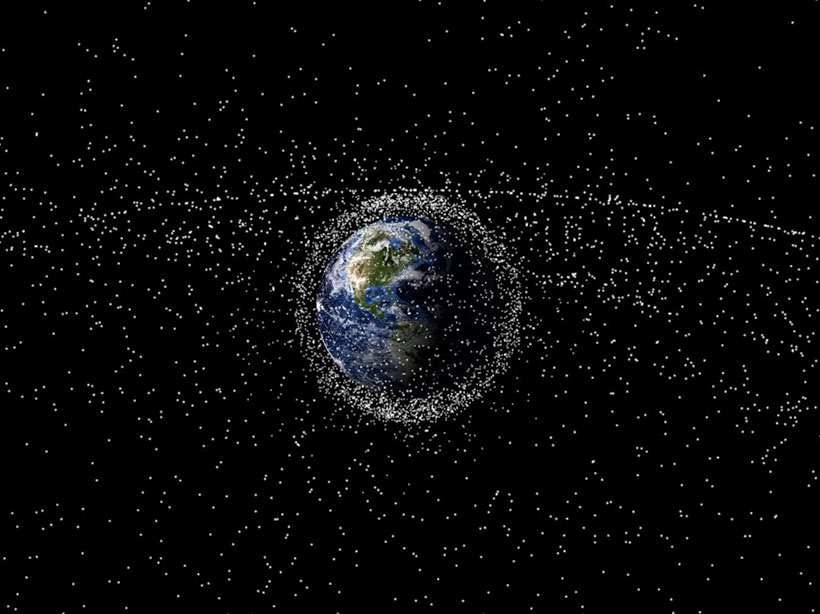Kristine M. Larson was awarded the 2020 Charles A. Whitten Medal at the virtual AGU Fall Meeting in December. The medal is for “outstanding achievement in research on the form and dynamics of the Earth and planets.”
geodesy
Understanding Where and How Magma is Stored
Gravity measurements reveal depth and storage conditions of rhyolitic magma reservoirs beneath the Laguna del Maule volcanic field in Chile.
Slipping and Locking in Earth’s Earthquake Factories
Geodetic observations collected during back-to-back decadal research campaigns have revealed crucial new insights into the start–stop and slow-motion behavior of subduction zones.
How Heavy Rain and Drought Influence California Crustal Strain
New research using continuous GPS data reveals how multiyear precipitation patterns can amplify the effects of hydrological loading on crustal deformation.
Charting Satellite Courses in a Crowded Thermosphere
As the number of satellites in low Earth orbit grows by leaps and bounds, accurate calculations of the effects of atmospheric drag on their trajectories are becoming critically important.
Using Earthquake Forensics to Study Subduction from Space
Researchers combined satellite geodetic measurements of surface motion with a new geophysical data inversion method to probe the Chilean subduction zone in the wake of the 2010 Maule earthquake.
First Detection of a Built-In Wobble on Another Planet
Spacecraft find that Mars oscillates 10 centimeters off its axis of rotation.
Gravity Data Reveal Unexpected Antarctic Ice Variations
A new analysis of long-term satellite records shows the East Antarctic Ice Sheet is unexpectedly dependent on fluctuations in weather. This study may improve models of how much sea levels will rise.
The Bay of Bengal and the Curious Case of the Missing Rift
In a classic detective story, clues from data new and old helped researchers reveal the puzzling chain of tectonic events that followed the Early Cretaceous split between India and Antarctica.
Flickers of Light Help Map the Space Junkyard
Researchers are identifying space debris by measuring its flickering patterns of reflected light.









